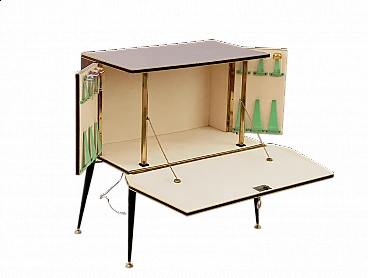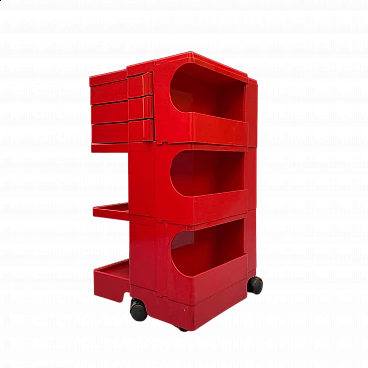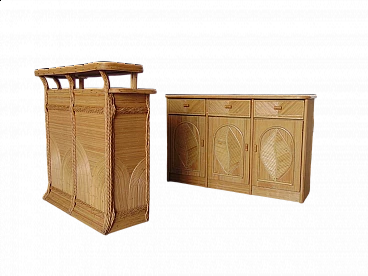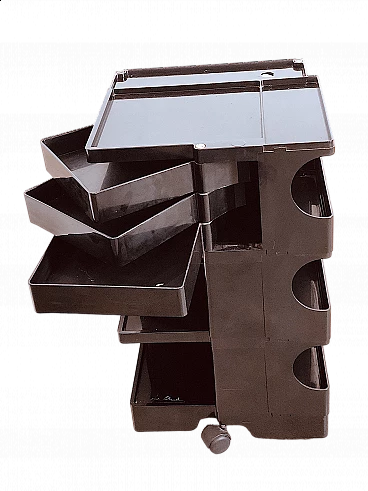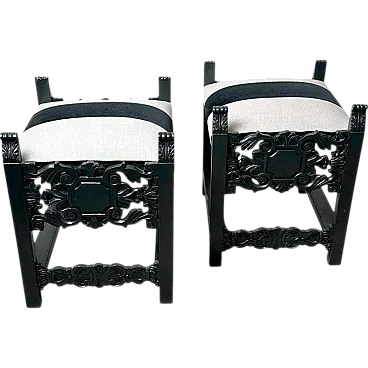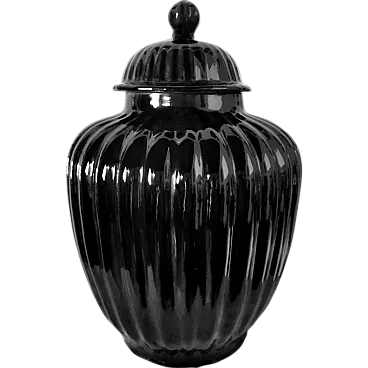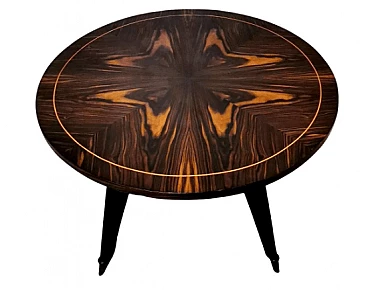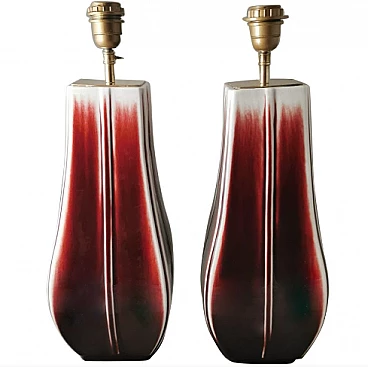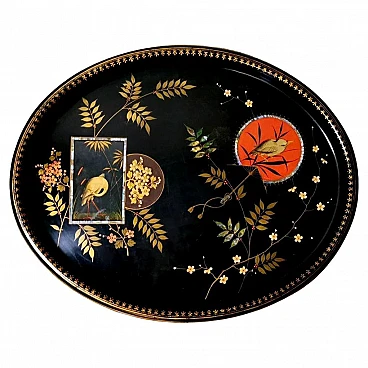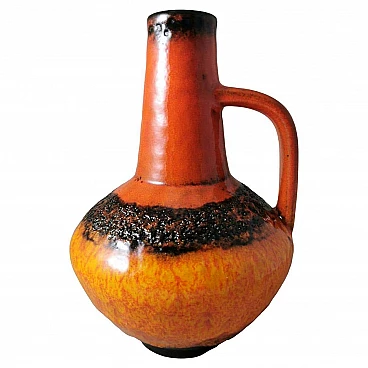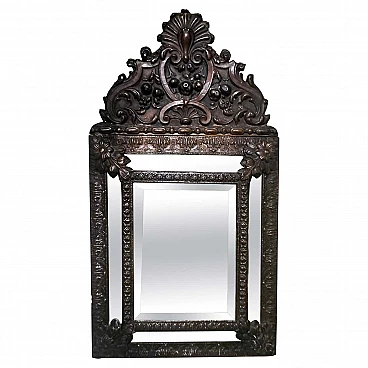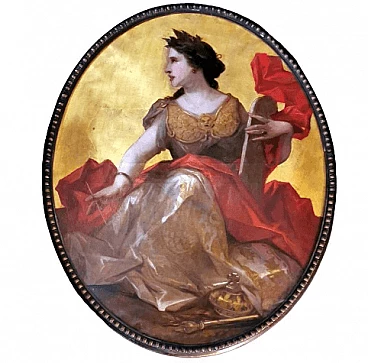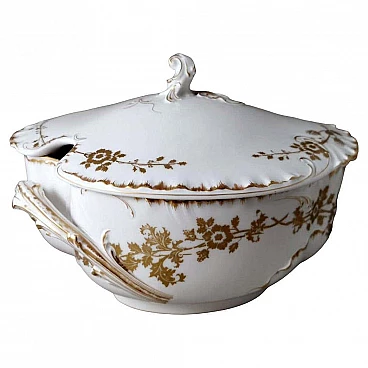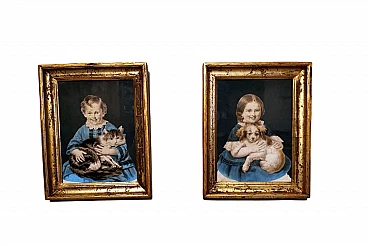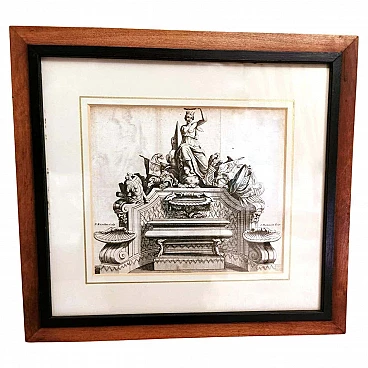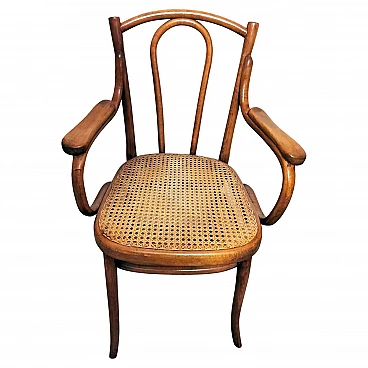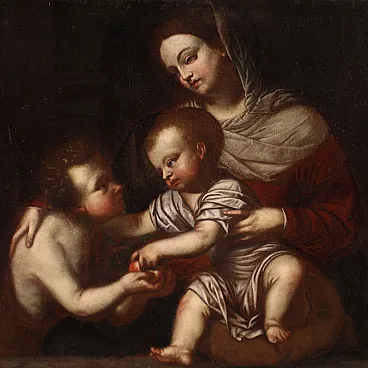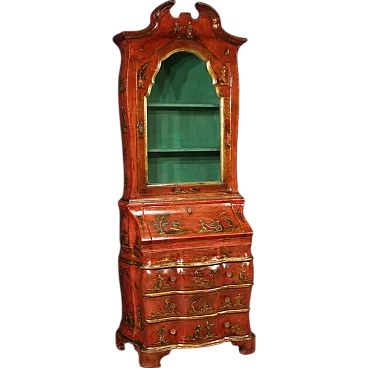A peculiar handcrafted cart made of bamboo and rattan, it is characterised by a light and airy shape. The very solid structure is made of sturdy bamboo elements that give shape to two comfortable round containers joined by a complex frame, part of which has been bent and protrudes from the structure to form the convenient handle to push the cart, which, equipped with pivoting wheels, moves with great ease. It may be suggested to place two sheets of glass at the bottom of the round containers to further increase the functionality of the trolley. It was made, in the modernist style of Franco Albini, between 1967 and 1969 with extraordinary craftsmanship in a small workshop between the provinces of Parma and Cremona (Italy), along the banks of the river Po, an area of Italy that is very prolific and famous for the cultivation and production of bamboo. The tradition of this furniture originated in the United States in the late 19th century. The fashion soon spread to Europe and Italy, both in the Brianza area and in the Po Valley and Tuscany. From being an eminently poor material, it found itself playing the role of a luxury detail in contemporary designs, bringing with it the added value of dozens of hours of manual workmanship carried out by a dying class of specialised craftsmen. The term bamboo identifies a group of very vigorous evergreen herbaceous plants that grow in a tropical or very humid climate; all bamboo species share the common characteristic of a very tall hollow stem that is easy to work and rather rigid. It is used for the production of furniture, chairs, deckchairs, sofas but also objects and even parquet and flooring. Bamboo is a symbol of endurance: it is prized for its ability to withstand storms without breaking, thanks to its flexible, hollow stem and extraordinarily strong roots. It is a symbol of purity, steadfastness and other virtues. Rattan is obtained from Indian cane, nicknamed Indian Rattan or rattan cane, which when left to dry in the sun at the edge of forests takes on extraordinary qualities of strength and durability; in the field of outdoor furniture it is processed with or without bark. It is widely used for making chairs, tables, sofas and benches. Many people wonder what the difference between rattan and wicker is; wicker is the innermost part of the rattan cane that is split into very thin strips, so it is the most valuable and refined part of the Indian cane and for this reason is also more delicate. There is also wicker, a material obtained by weaving branches of willow or other plants. The elasticity and strength of willow wicker make it ideal for the production of baskets and baskets; reed, a small perennial plant found in marshy or maritime areas, is also used for these manufactures. Franco Albini (17 October 1905 - 1 November 1977) was an Italian architect, designer and university professor of neo-rationalist design. A young student of Gio Ponti, Albini became one of the key figures of Italian Rationalism in the early 1930s, of which he gave an eclectic interpretation in many respects. It was on the basis of these convictions that he approached the world of textile fibres after the war, forging a close relationship with Vittorio Bonacina's workshop. The result of this collaboration culminated in the bamboo and Indian cane furniture presented at the 9th Triennale in 1951. The material, traditional and poor, was tackled for the first time with a spirit of research and avant-garde, resulting in some masterpieces that have left an indelible mark on the history of design. The bar trolley is in good condition. Width 45 cm, depth 32 cm, height 60 cm. For all shipments we use special packaging materials (wooden crates, polystyrene, etc.) for maximum protection and safety of the objects.
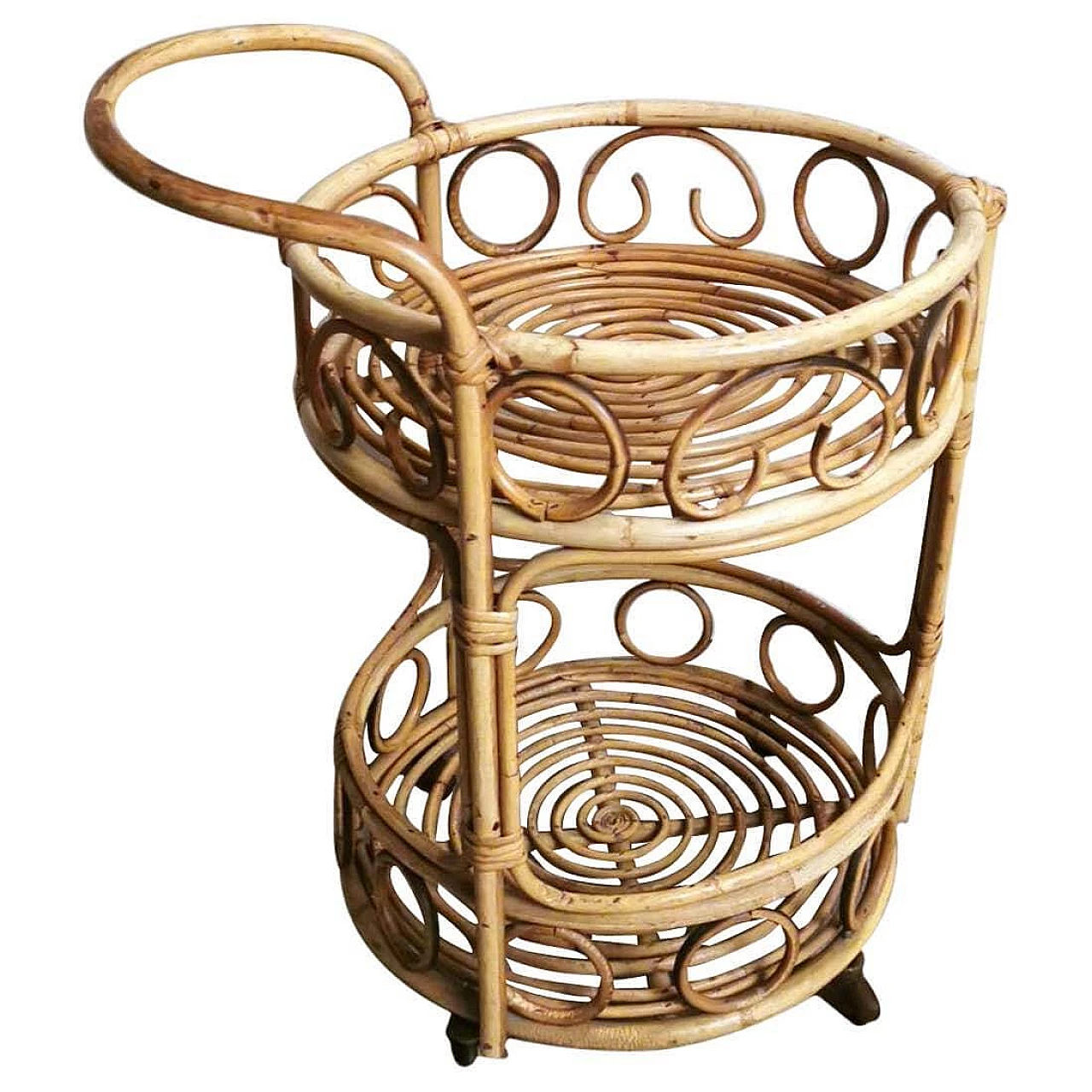
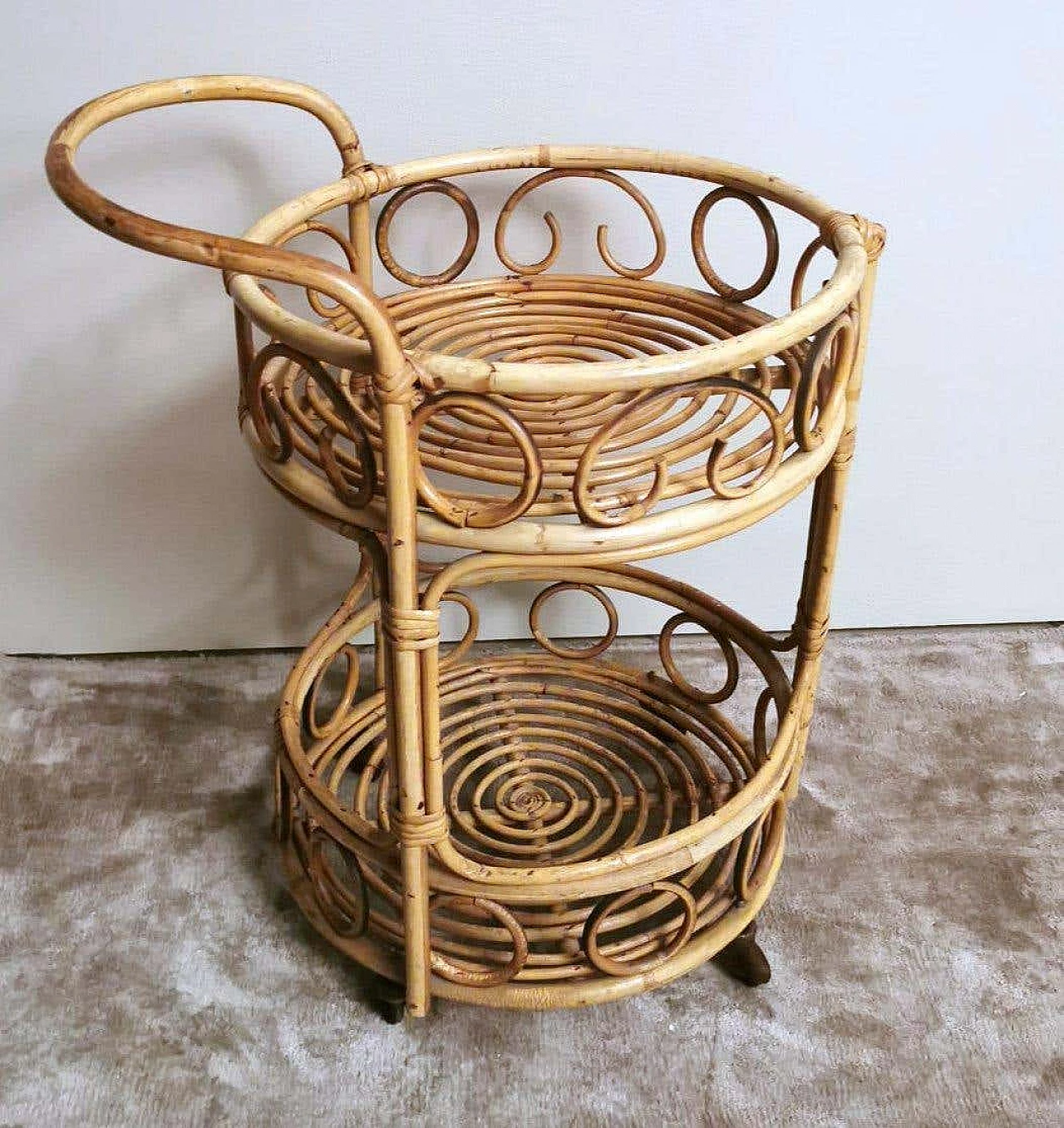
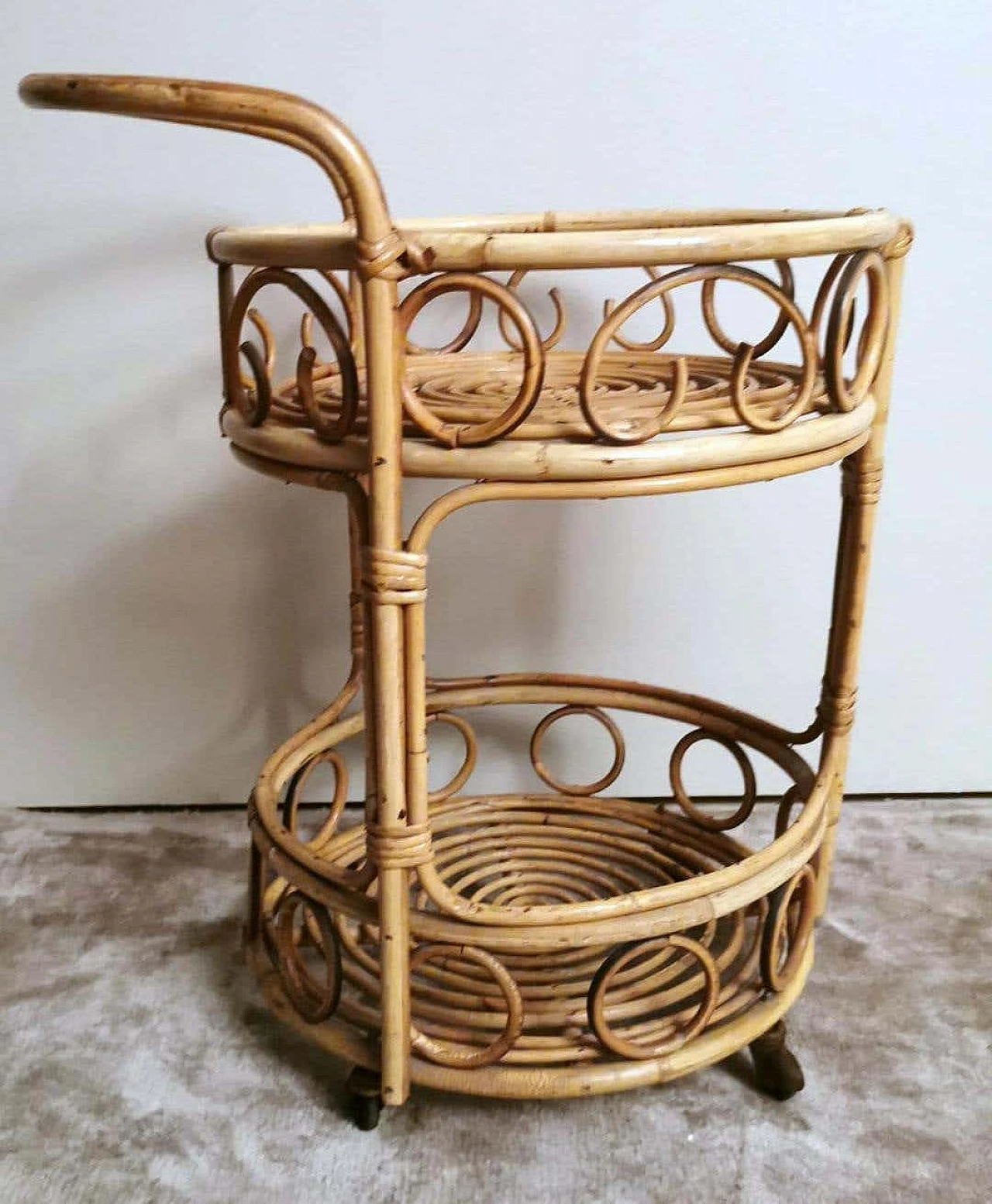
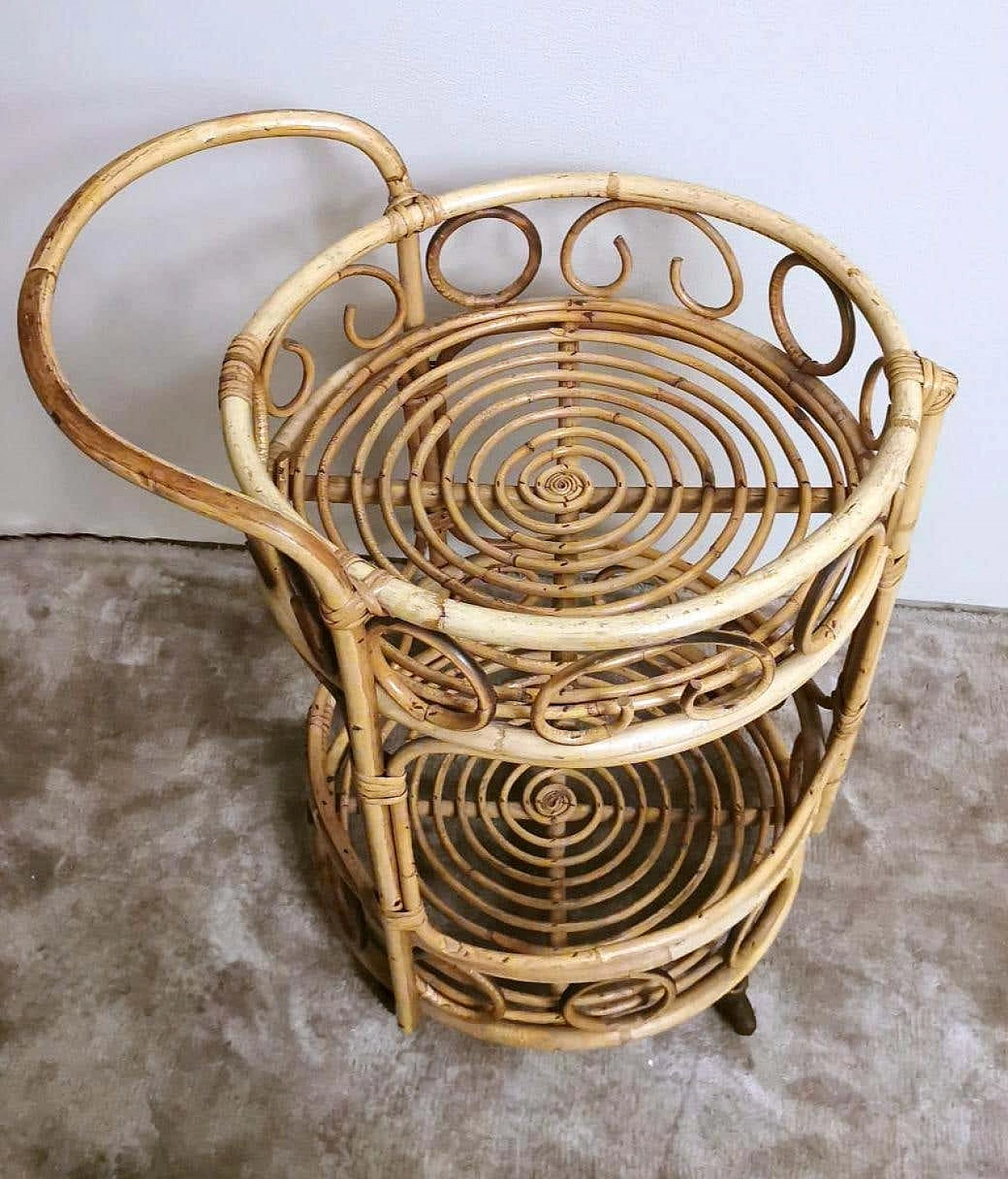
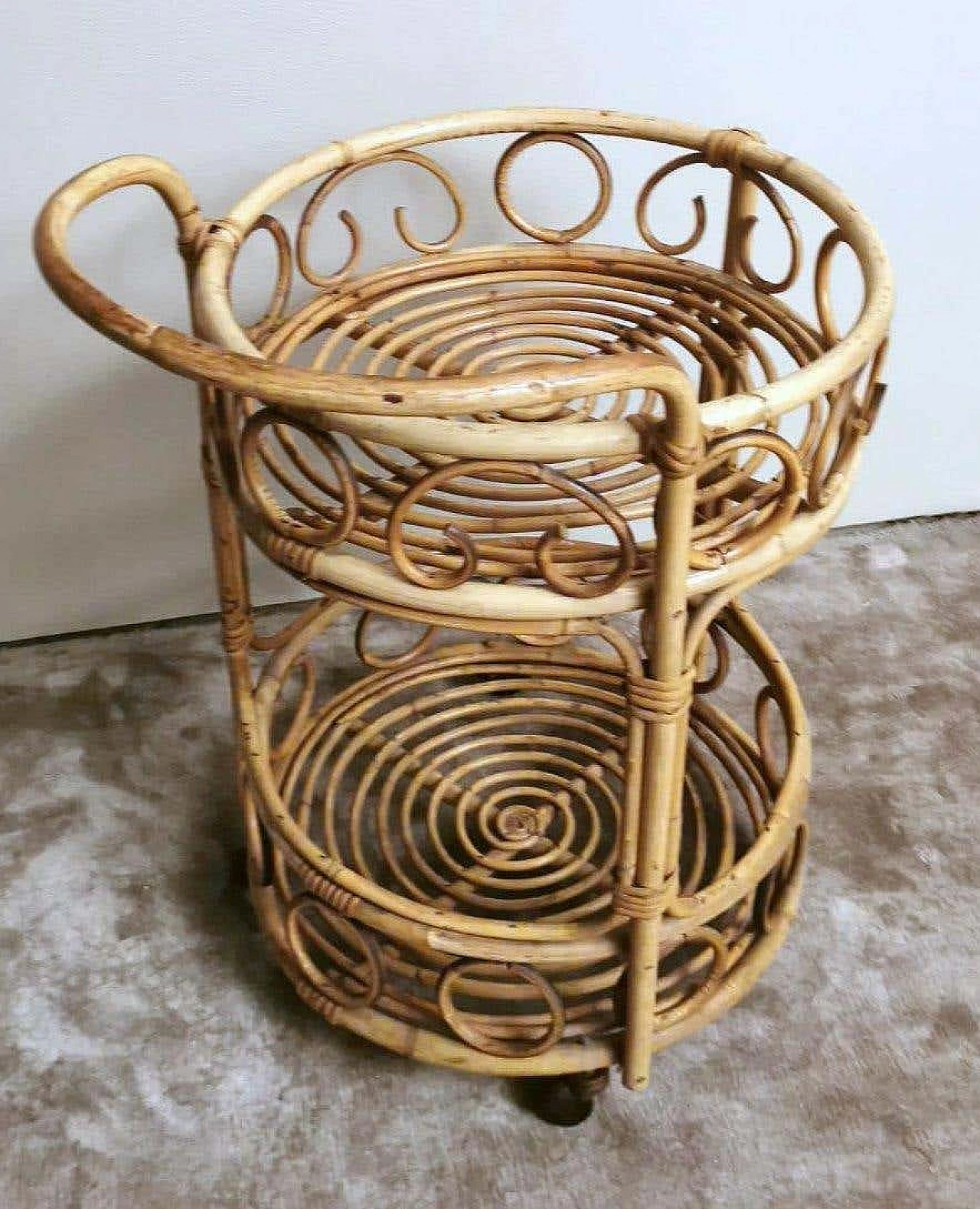
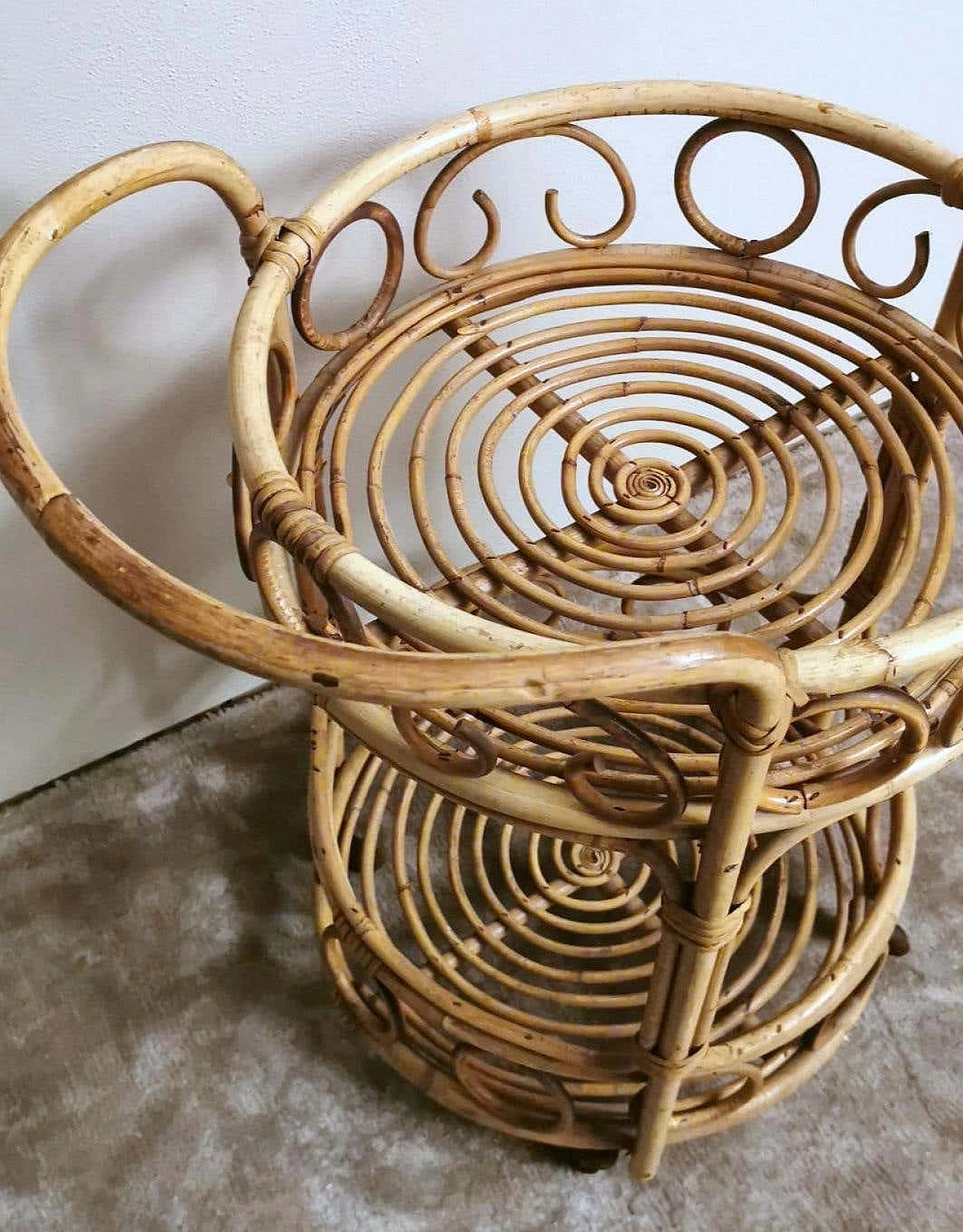
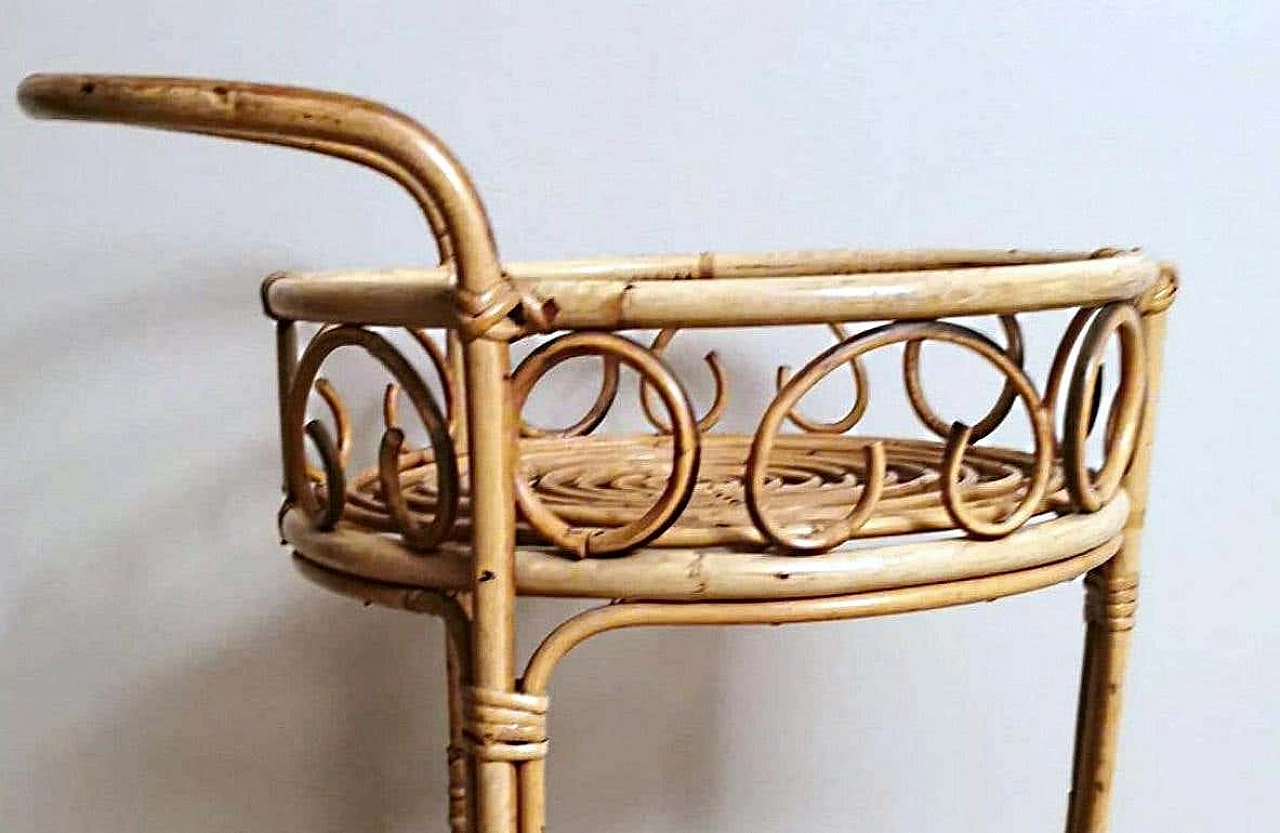
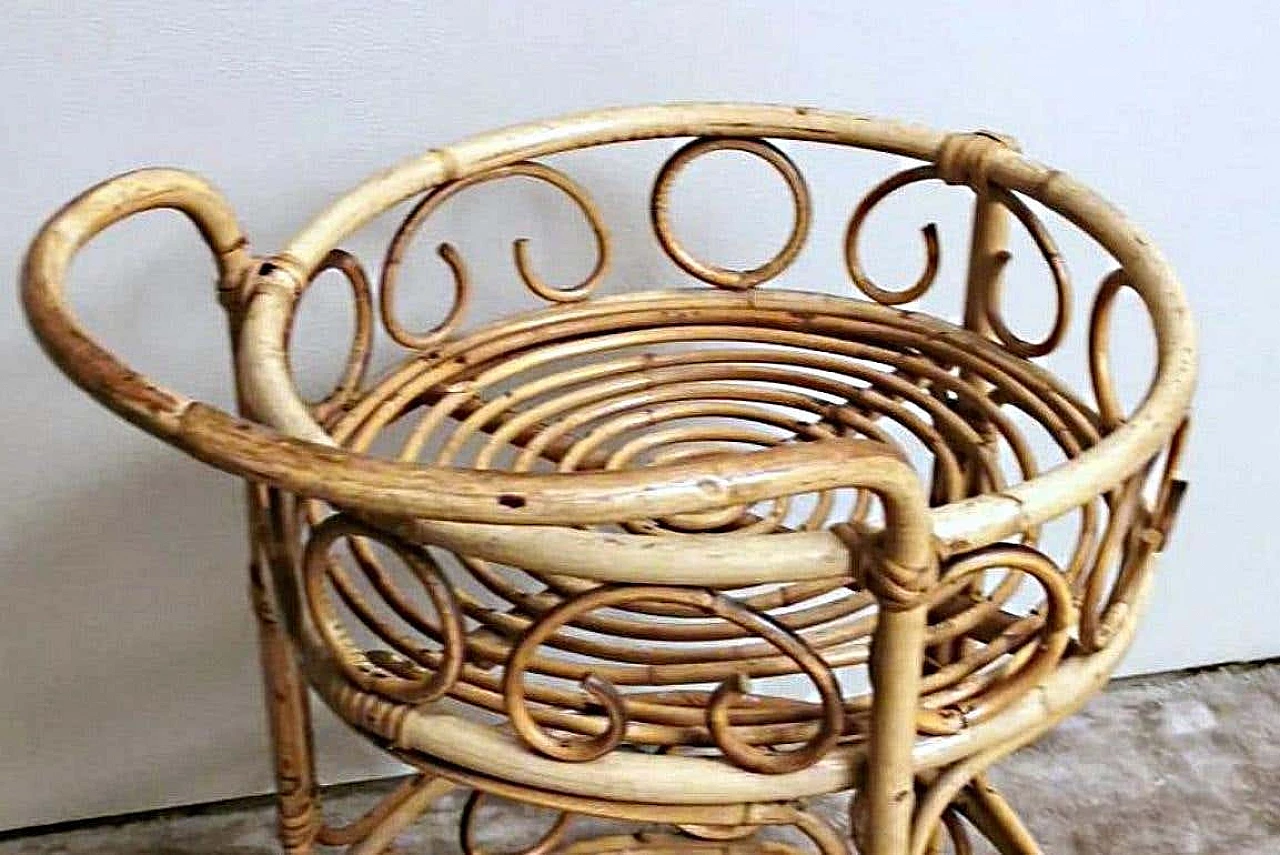
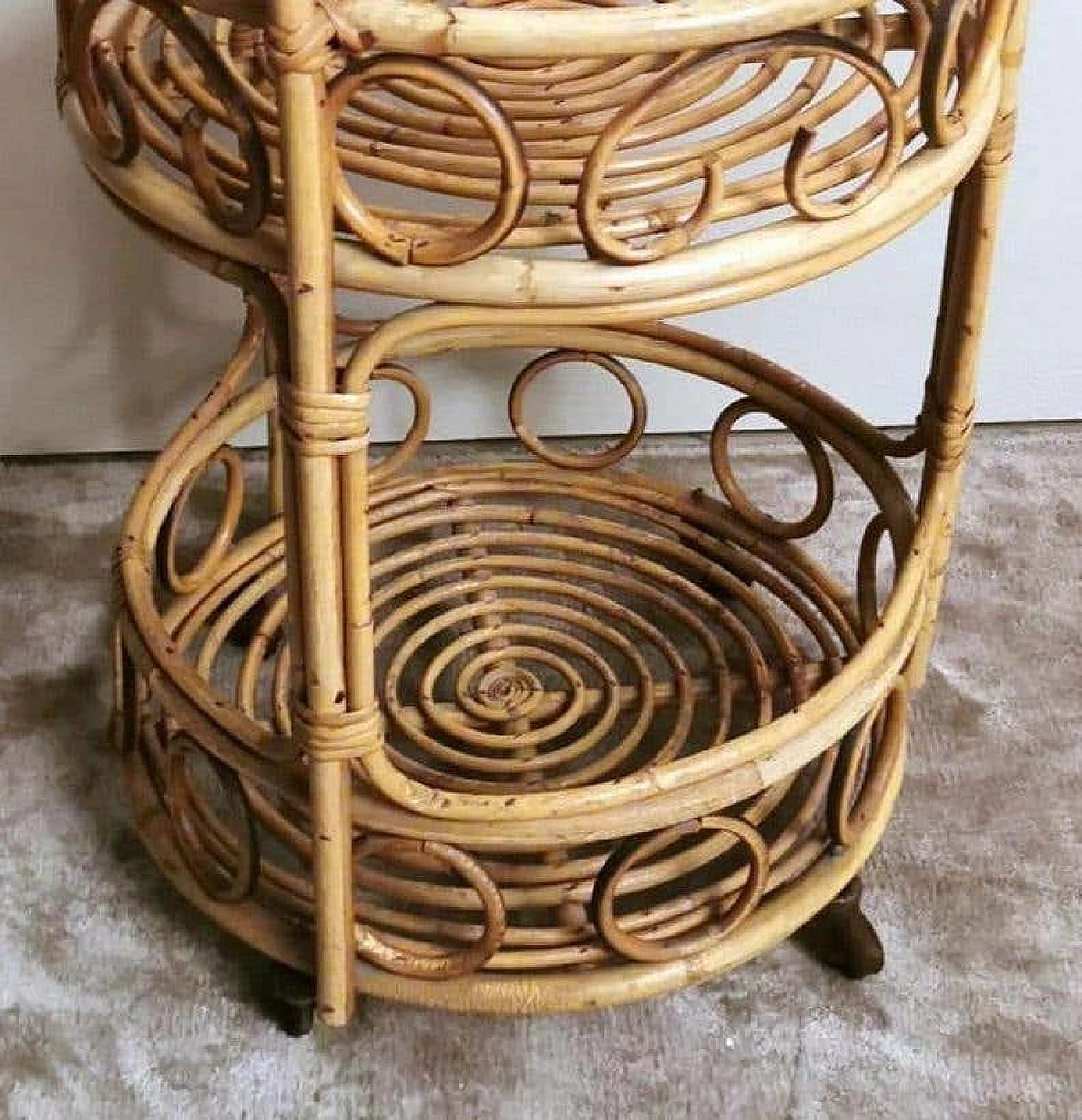
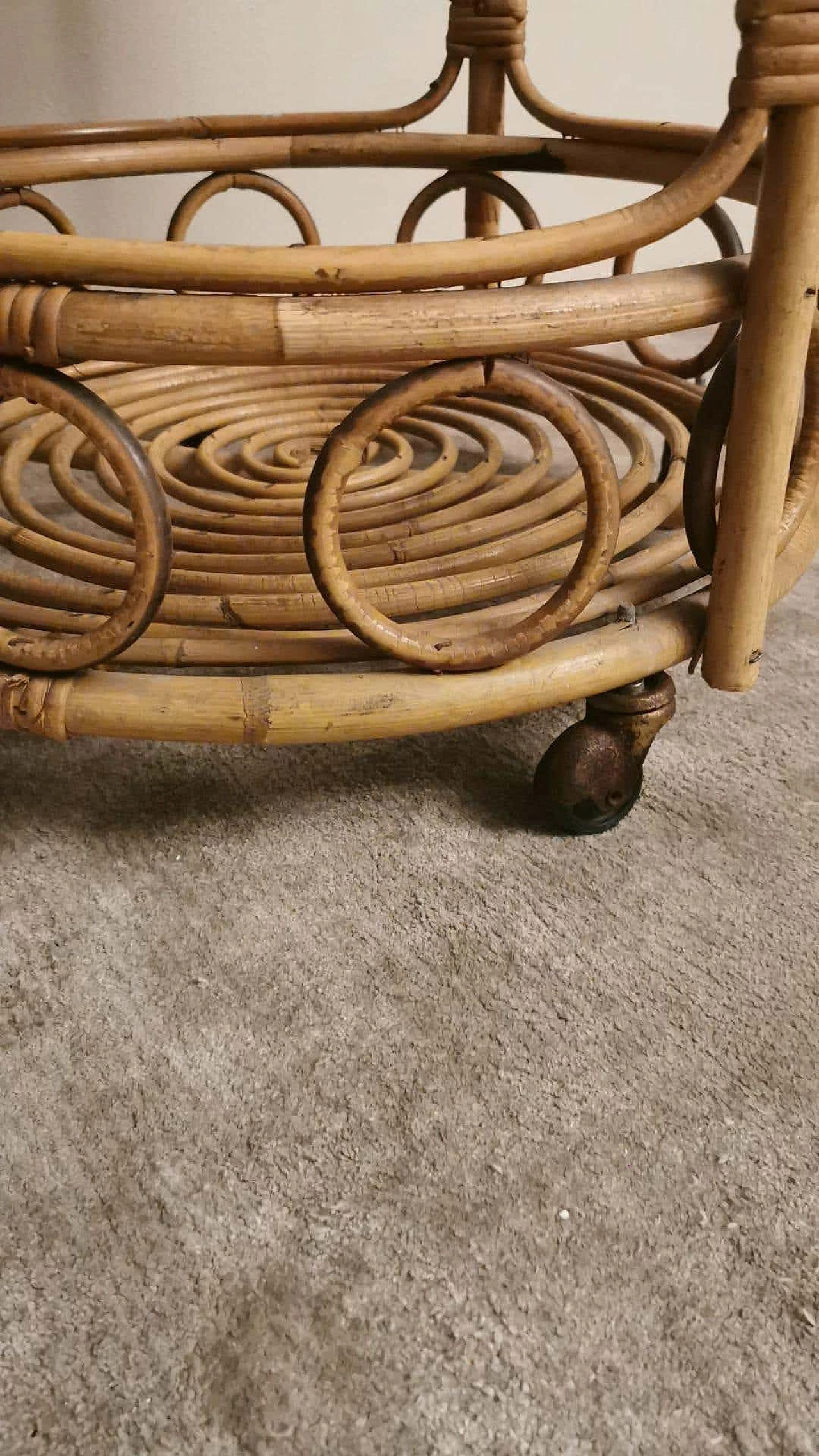
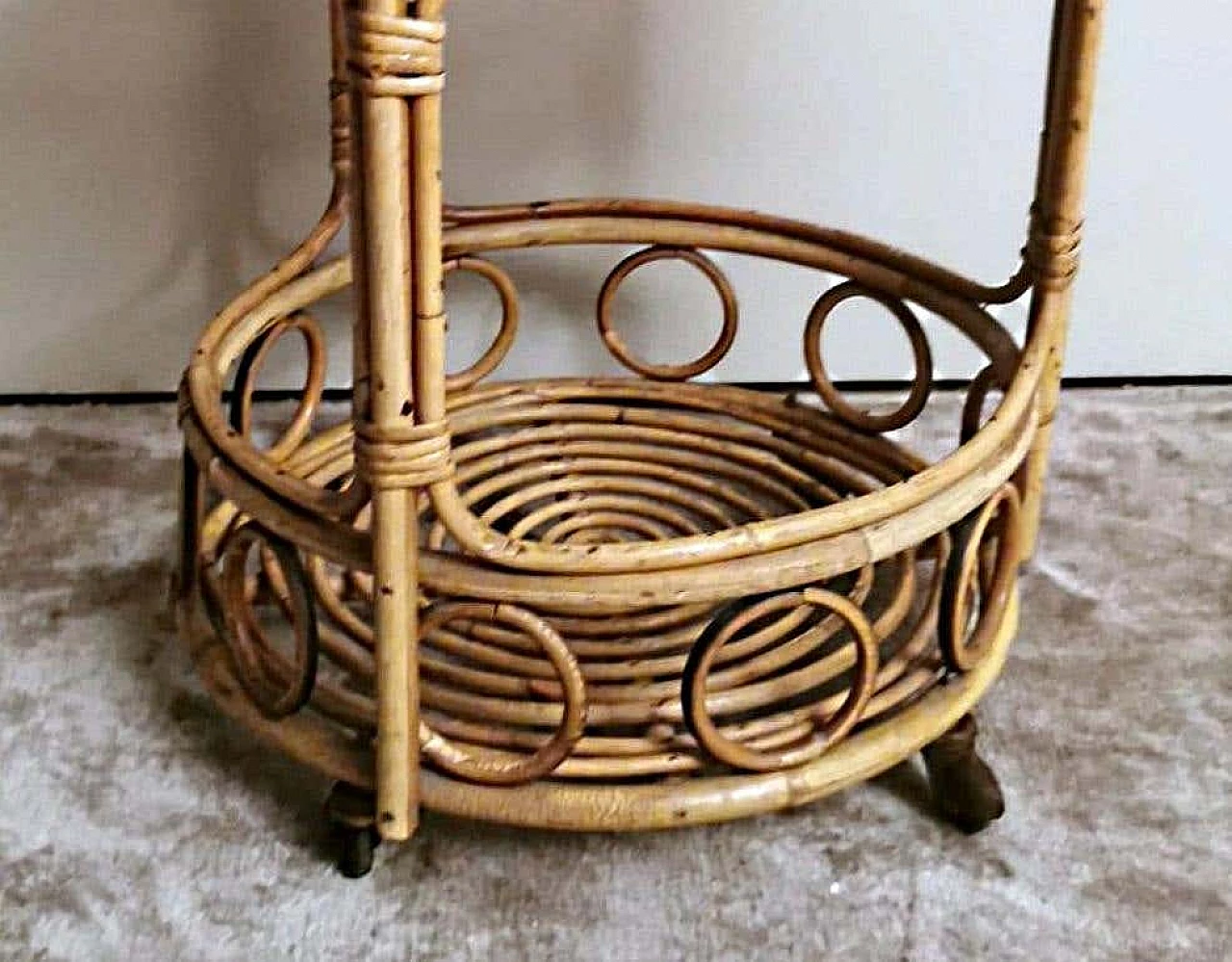
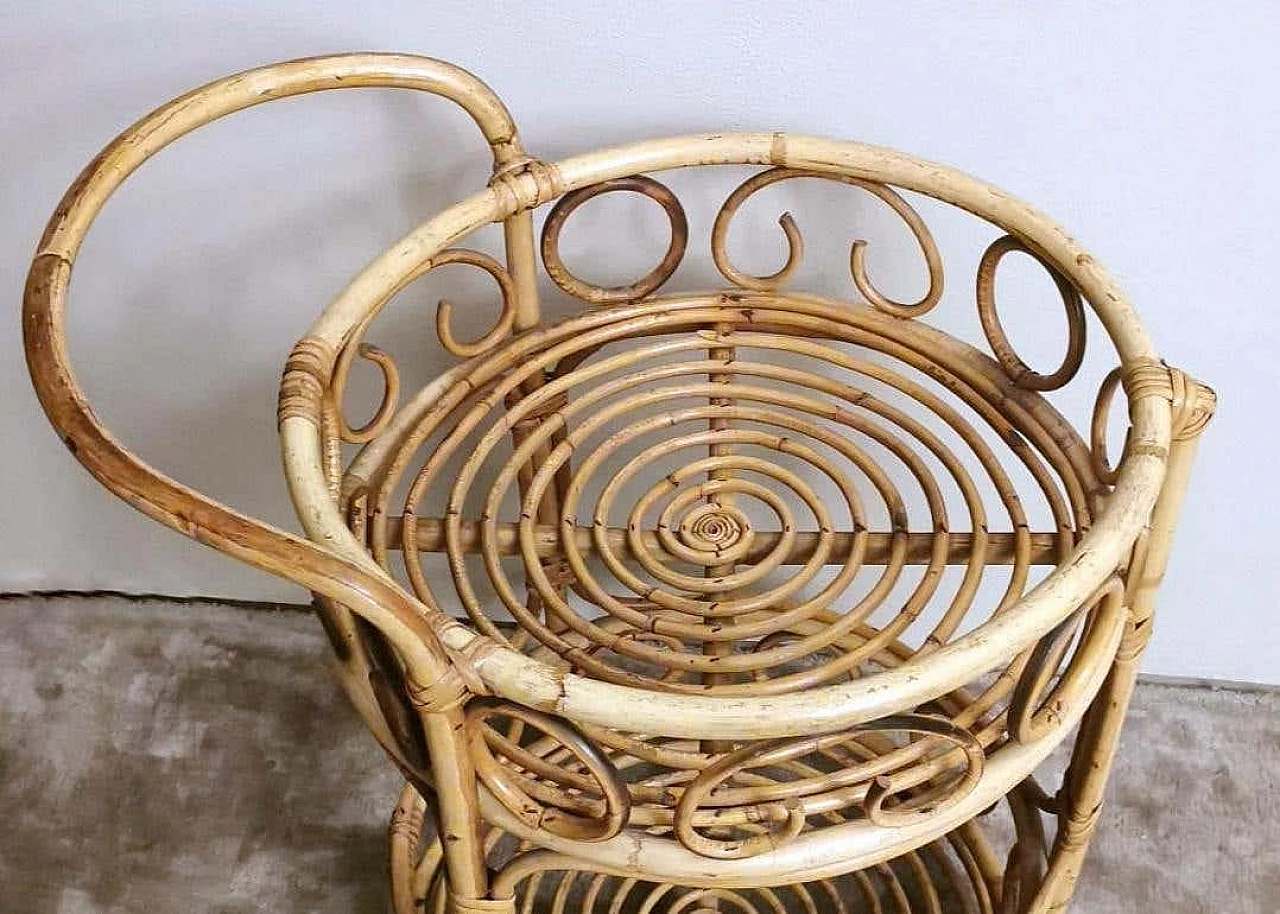
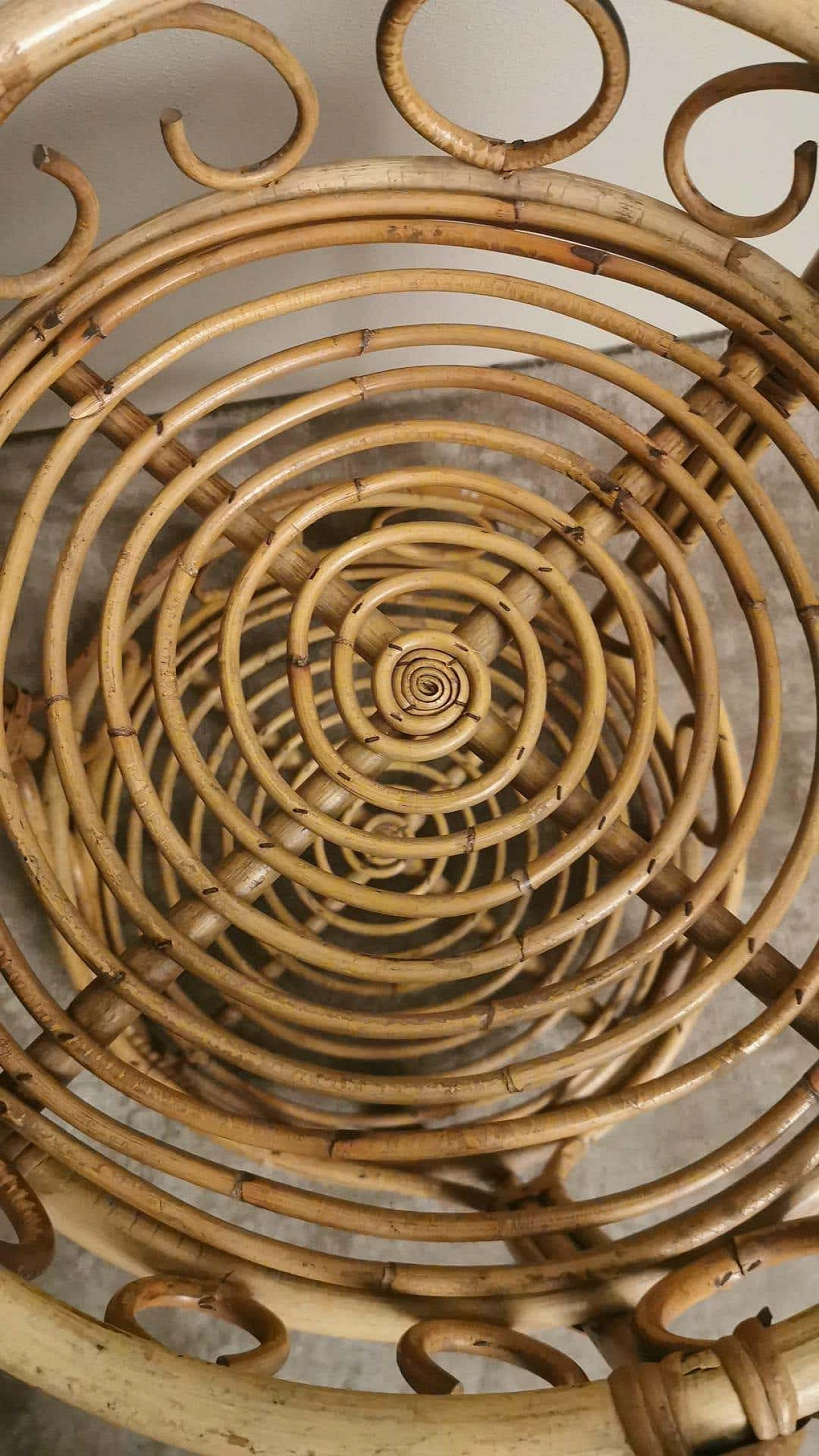
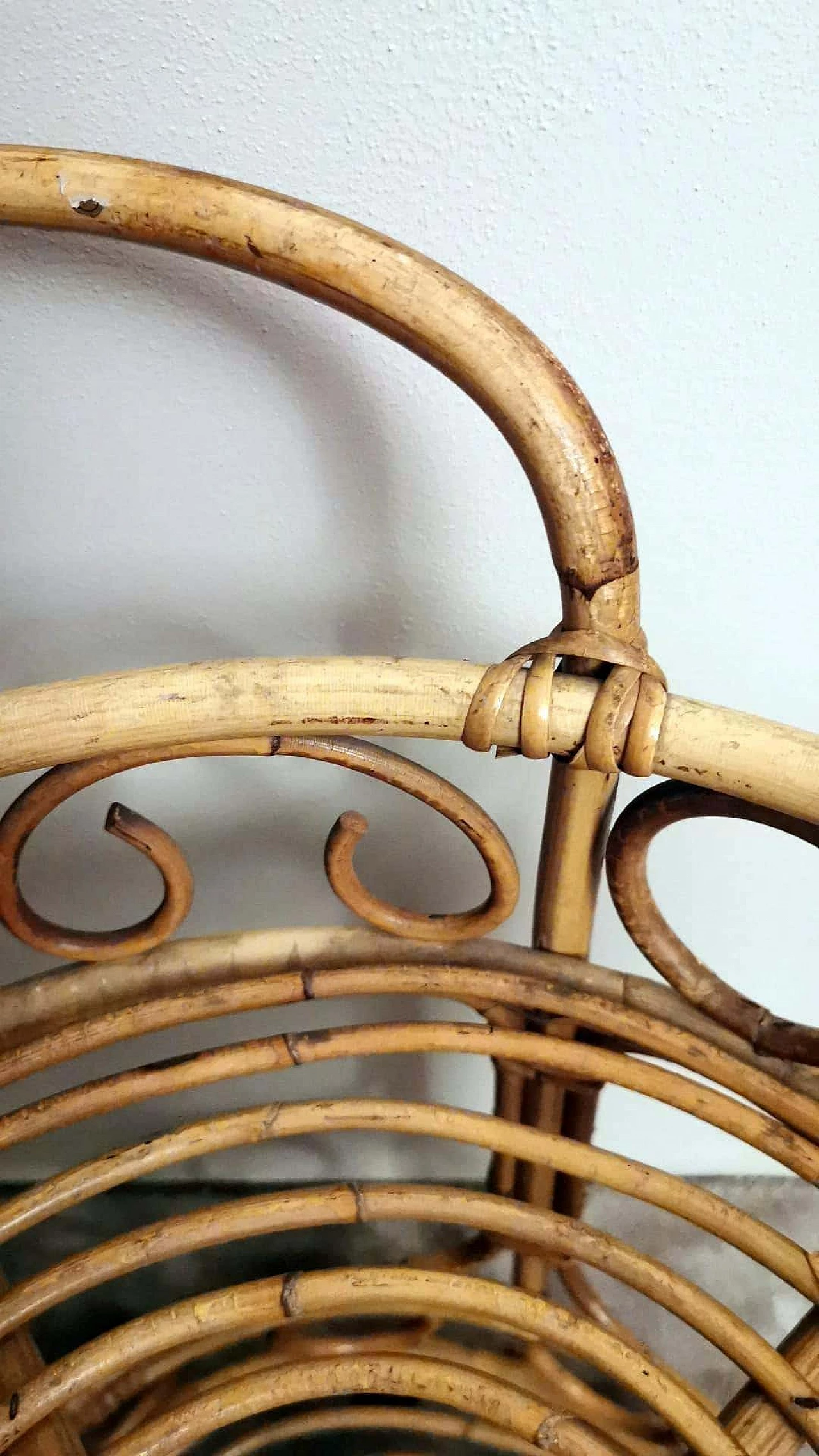
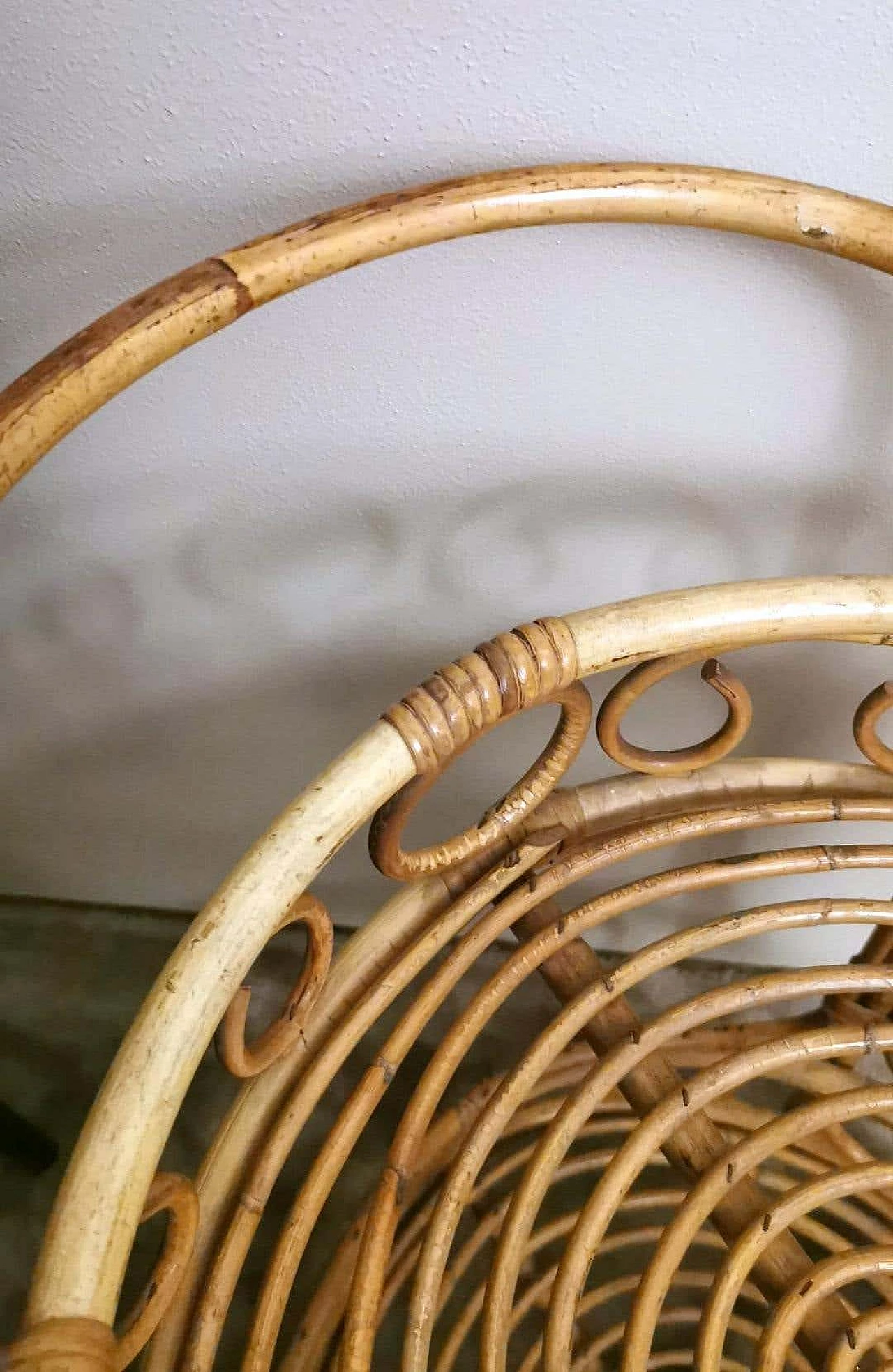
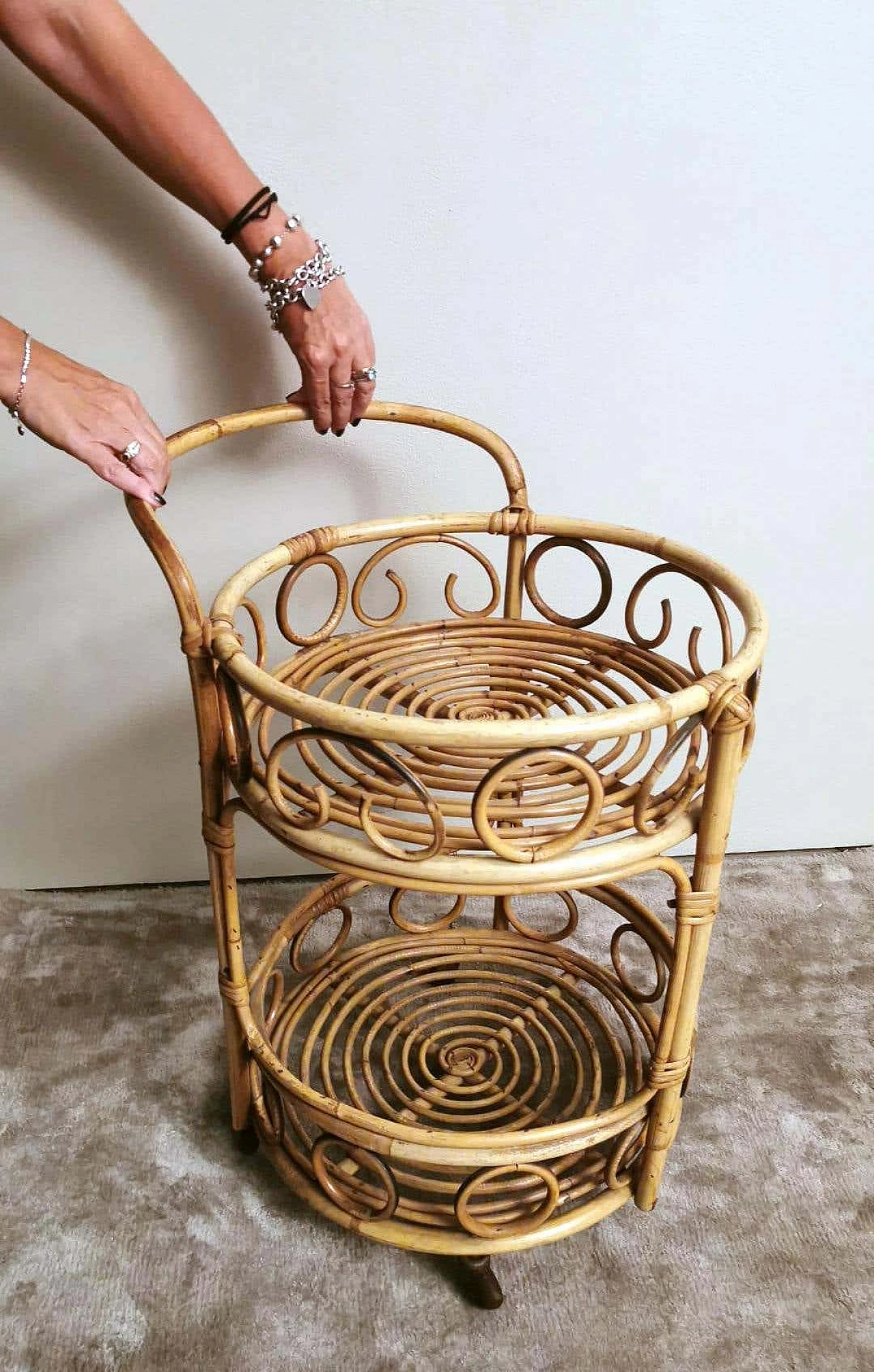
 SILVER Seller in Prato, Italy
SILVER Seller in Prato, Italy






.png)





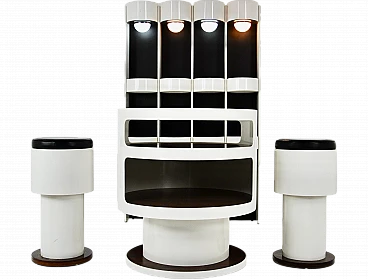
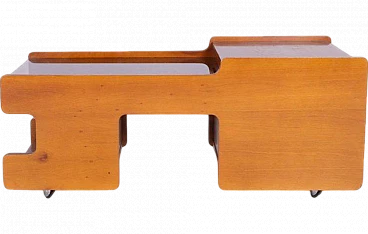
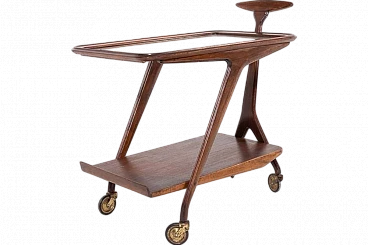
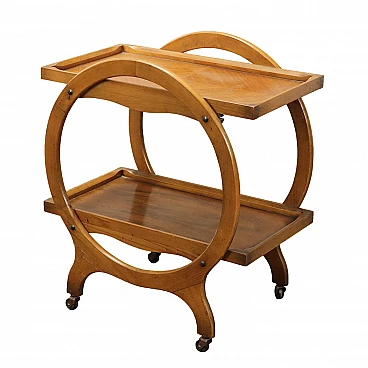
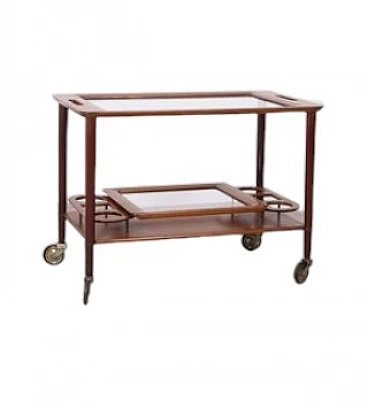
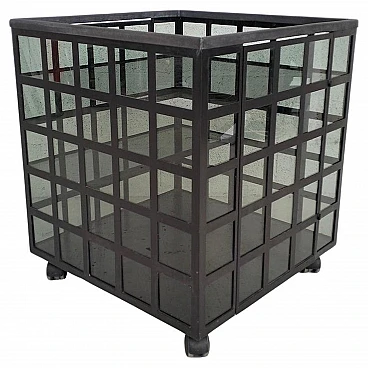

-thumb.webp)
